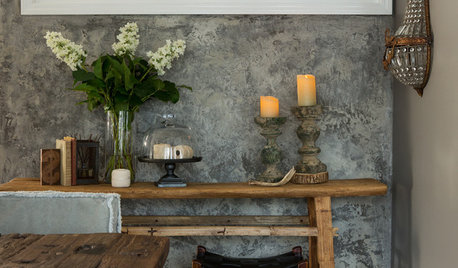ID help on two stoloniferous broms
sdandy
15 years ago
Related Stories

CONTEMPORARY HOMESHouzz Tour: Newlywed Couple Find Their Style
A Portland, Oregon, ranch house goes from dark bachelor pad to married couple’s chic sanctuary
Full StoryHi, new here (and just becoming addicted to bromeliads...) and was hoping for some ID help on two stoloniferous bromeliads.
{{gwi:466820}}
This one has ~8-10" stolons:
{{gwi:466821}}
{{gwi:466823}}
Thanks,
-andy

devo_2006
winterlager
Related Professionals
Beachwood Landscape Architects & Landscape Designers · Cottonwood Landscape Architects & Landscape Designers · Harrison Landscape Architects & Landscape Designers · Hannibal Landscape Contractors · Lebanon Landscape Contractors · Marlborough Landscape Contractors · Pueblo West Landscape Contractors · Ronkonkoma Landscape Contractors · Sammamish Landscape Contractors · Hammond Fence Contractors · New Haven Fence Contractors · Oldsmar Fence Contractors · Pasadena Fence Contractors · Prairieville Fence Contractors · North Richland Hills Siding & Exteriorsozvon
sdandyOriginal Author
neomea
sdandyOriginal Author
LisaCLV
sdandyOriginal Author
sdandyOriginal Author
LisaCLV